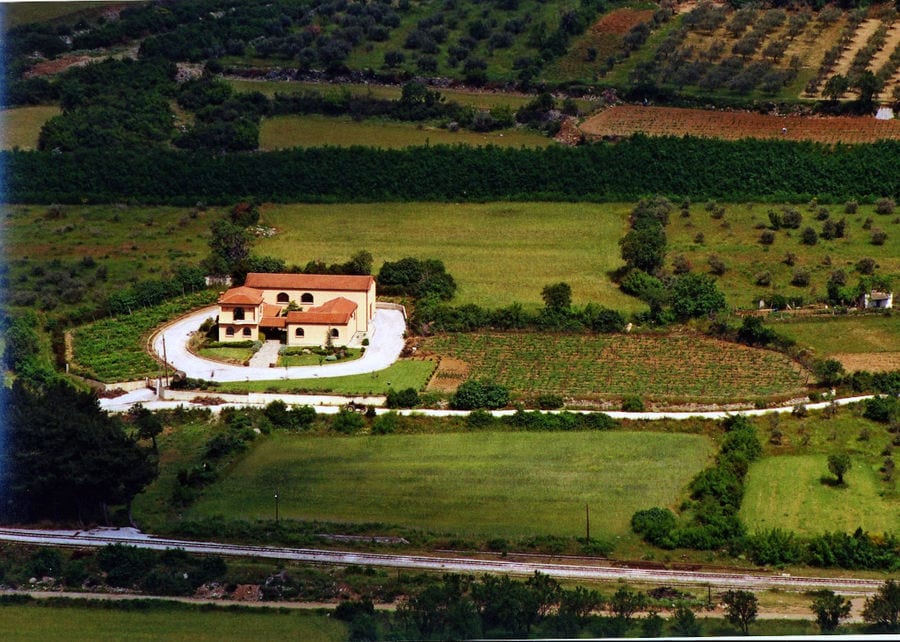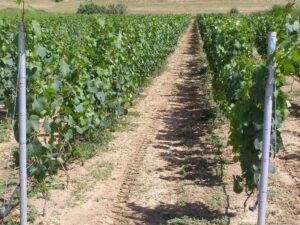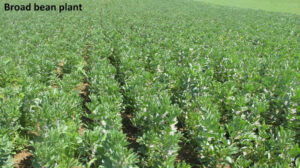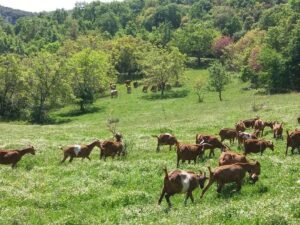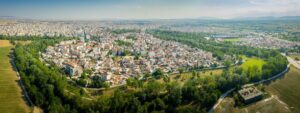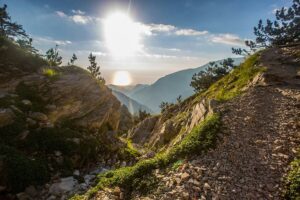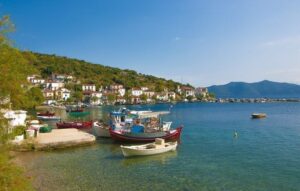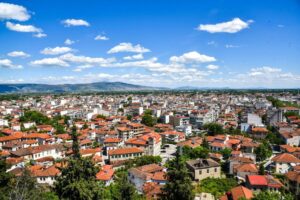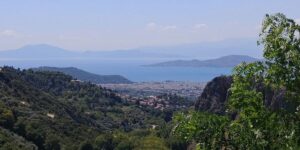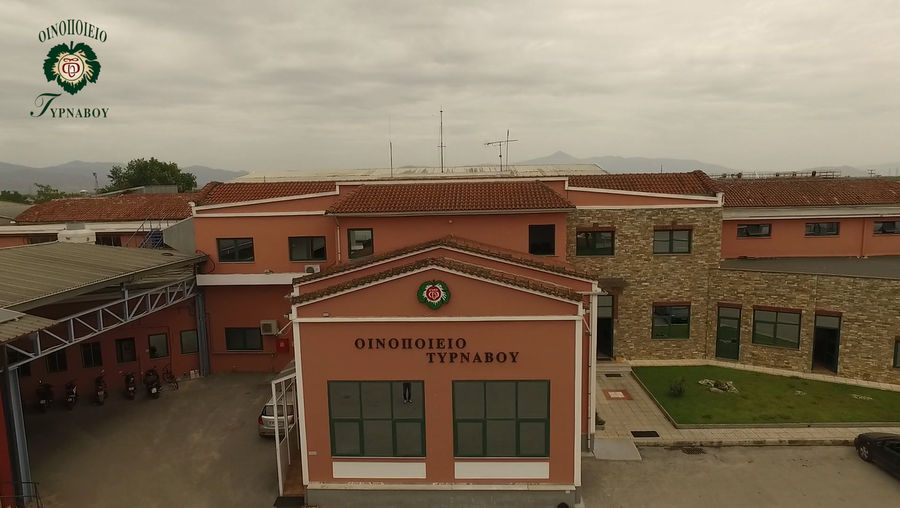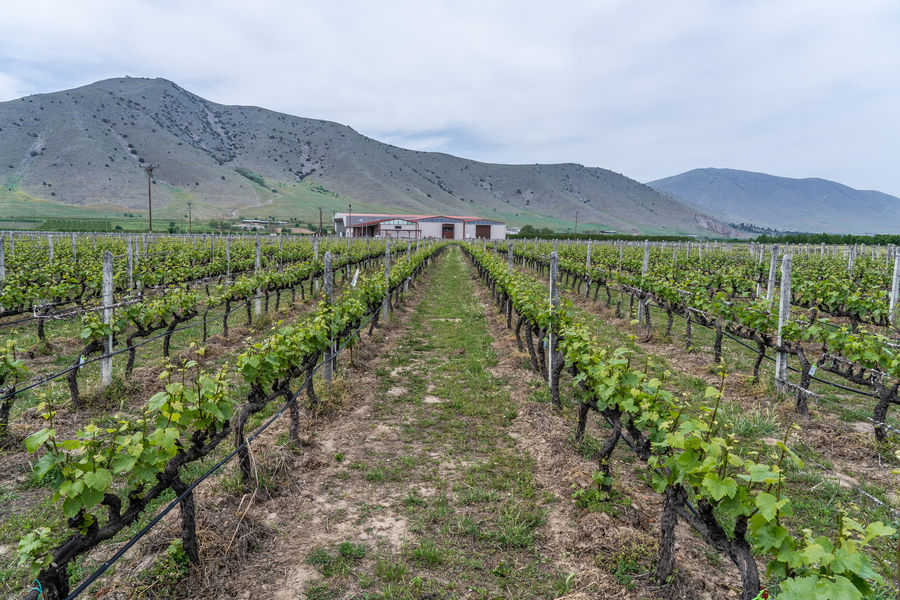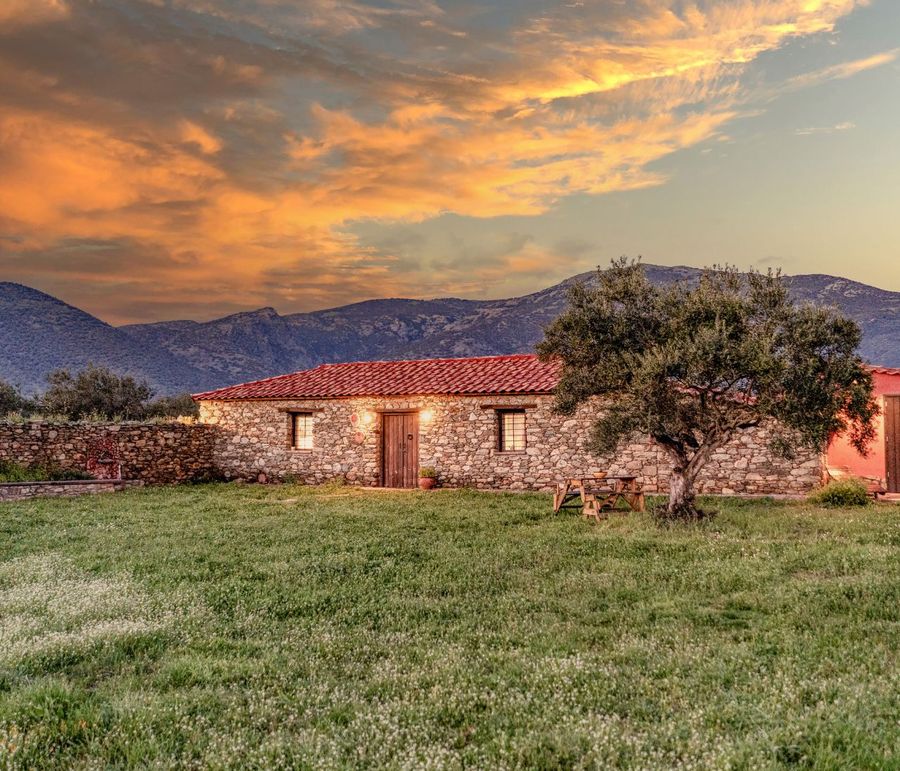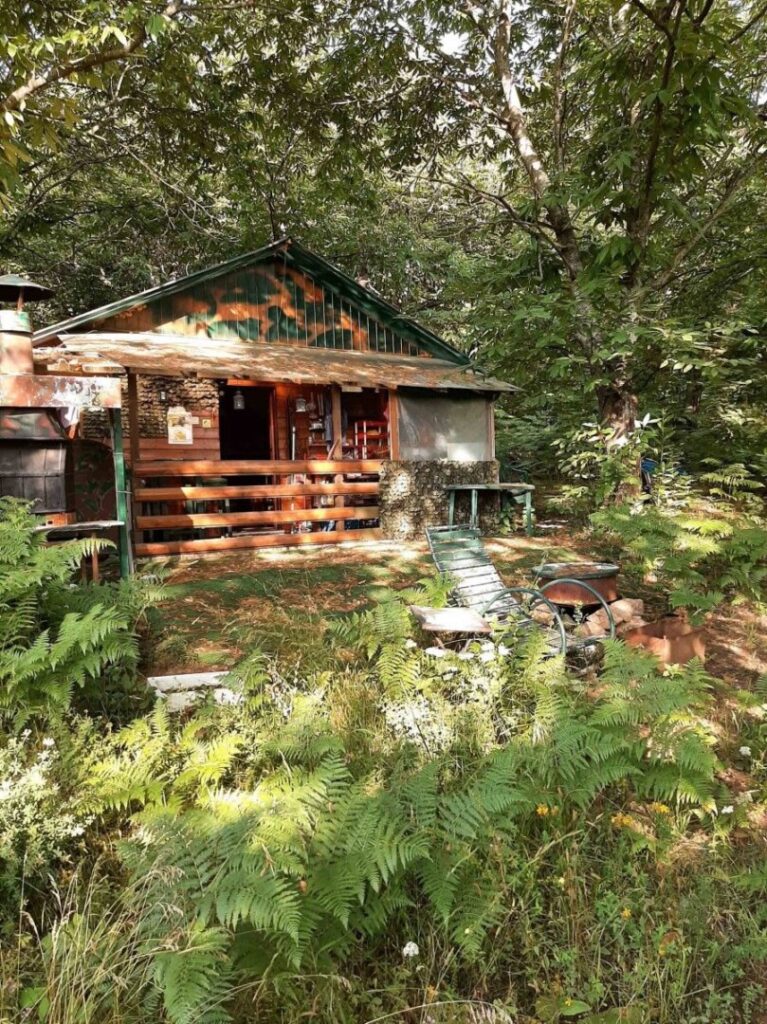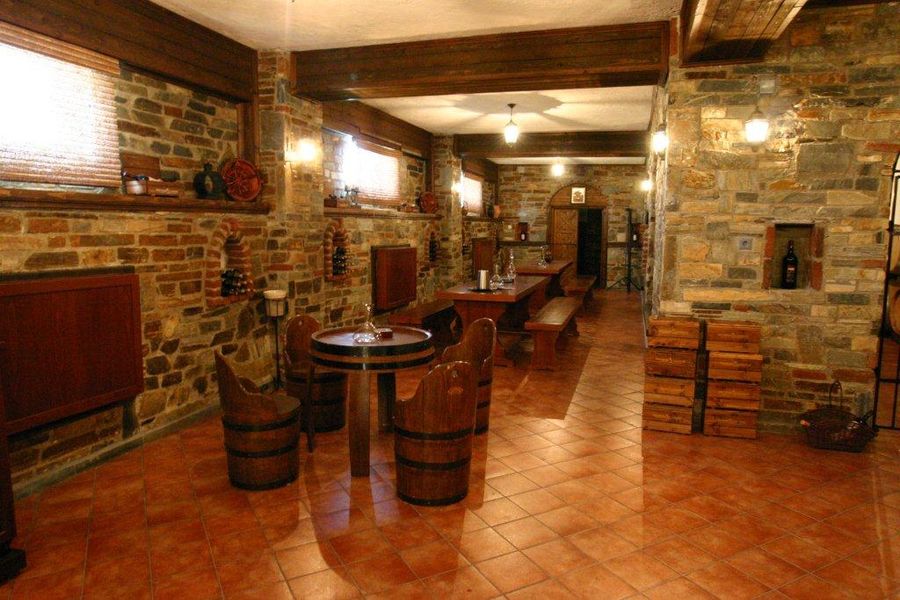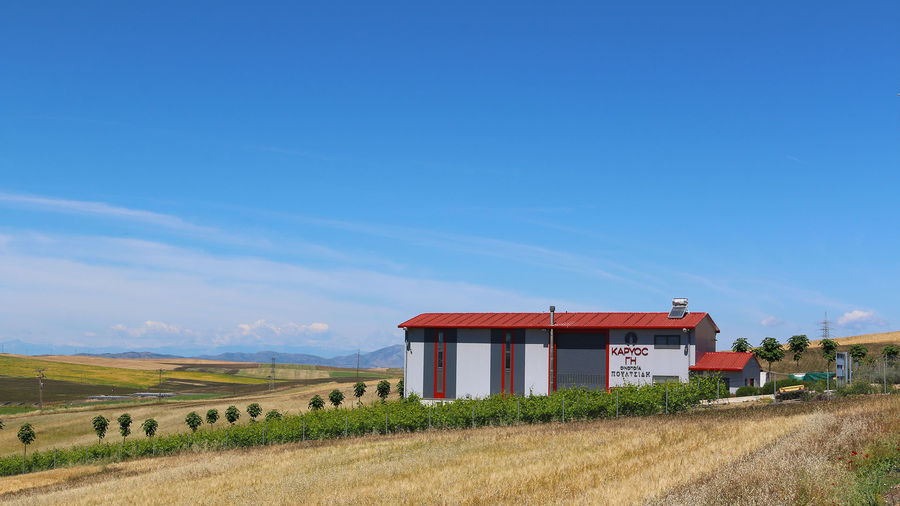This website uses cookies so that we can provide you with the best user experience possible. Cookie information is stored in your browser and performs functions such as recognising you when you return to our website and helping our team to understand which sections of the website you find most interesting and useful.
Thessaly - Gastronomy Tours
Thessaly, known to Homer as Aiolia became part of the modern Greek state in 1881, after four and a half centuries of Ottoman rule. It lies in central Greece and its geography is dominated by the Thessalian Plain, the country’s second largest, with a cultivated land area of 500.000 hectares.
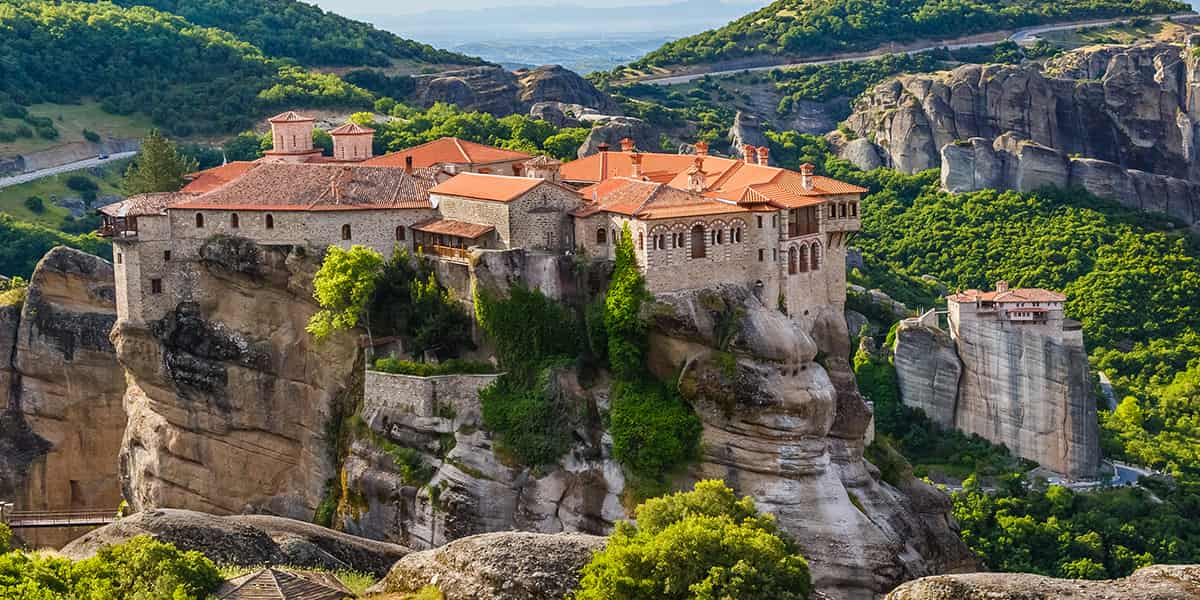
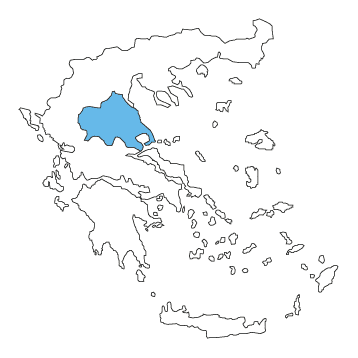
Larissa, the capital of the Thessaly region, is a vibrant city with a fascinating blend of history, culture, and modernity. As one of Greece’s largest cities and a significant economic and agricultural hub, Larissa holds a special place in the heart of the country. High mountains surround the plain of Thessaly. To the east are the Pelion and Olympus, the highest and best-known mountain in Greece, while to the west is the Pindus mountain range, the largest in Greece, colloquially as Greece’s spine. The mountain range stretches from near the Greek-Albanian border, entering the Epirus and Macedonia regions in northern Greece and going to the north of the Peloponnese. The Pineios River, the longest in Greece, runs through it.
In mythology, Olympus was the home to twelve gods. Today, it is a destination for mountain climbers and nature lovers. Much of it has been designated a National Park, with abundant shelters and hiking paths that set the scene for the mountain climbing Marathon at the start of summer.
The Pelion is the land of the mythological Centaurs. On its slopes, thick forests of exceptional beauty hide numerous traditional mountain villages where many traditional homes and guesthouses are found. At its peak, there is a small ski centre. Its abrupt slopes arrive at numerous beaches, thus uniquely connecting winter and summer holidays and the town of Volos, the newest Greek port city, with many modern buildings erected following the catastrophic earthquakes of 1955.
Near the town of Karditsa in the Pindus mountain range is a large artificial lake, Plastira, created by a dam built in 1959. Aside from generating hydroelectric power, it is a tourist destination today, thanks to its peculiar physical beauty.
The famous and enormously impressive Meteora monasteries are further north, near Kalambaka. Today, six of them accept visitors. Meteora is a cluster of rocky massifs 200 meters high and 300 meters wide. It constitutes the largest complex of monasteries in Greece after Mount Athos. The monasteries were at their height in the 16th century and are included in UNESCO’s list of World Heritage sites. Meteora is also a protected habitat as part of the Natura 2000 network.

